The National Maritime Museum publishes articles that highlight exhibitions, items from the collection, or other sources of knowledge. In this way, the institution manifests itself as a museum with a leading maritime collection and library.
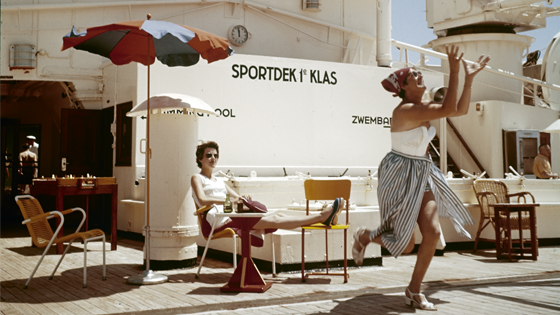
LGBTQ culture at Sea
Inclusion, diversity, and polyphony; these are important themes which predominate in the current museal debate, including our collection. In this article we report on an oral history project on LGBTQ culture aboard Dutch merchant ships in the 1950s to 1980s.
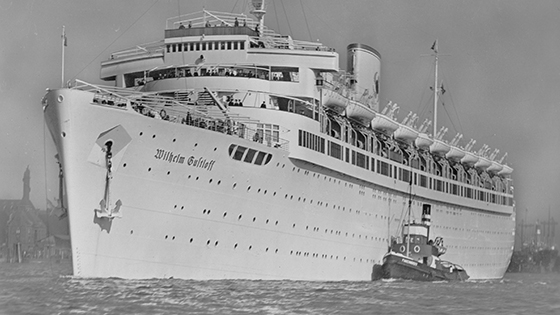
The highest naval death toll of all time
The Oranje was a Dutch hospital ship during the Second World War. The Germans had their own hospital ship, the Wilhelm Gustloff. The ships had many similarities, and they both ended up at the bottom of the sea. The gloomy difference between them was in the number of people on board who died. The sinking of the Wilhelm Gustloff went down in history as resulting in the highest naval death toll of all time, yet you have probably never heard of it.
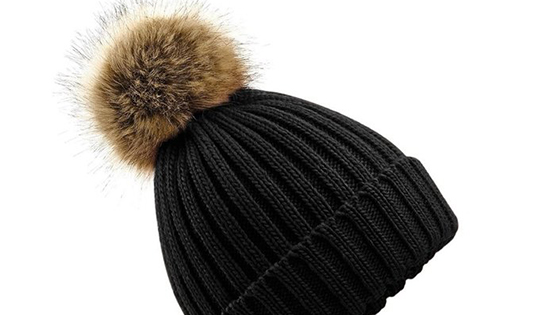
Brrr, it's chilly today!
As we've mentioned on many occasions before, shipping is deeply embedded in Dutch culture and society. What you might not know is that it's constantly making comebacks in our fashion trends! Have you ever wondered why woolly hats often feature a pompom?
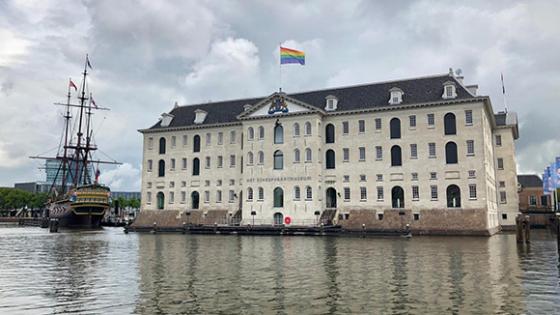
A one-way ticket to a desert island
Homosexuality is as old as time. And although the gay rights movement is significantly younger, the topic of homosexuality was certainly nothing new in the eighteenth century. It was the year 1725 when the Heeren Zeventien – a council of seventeen directors of the Dutch East India Company (VOC) – received a ‘disturbing report’. Two crew members of an East Indiaman had been accused and eventually found guilty of committing the ‘sins of Sodom and Gomorrah’. This led to an unconventional punishment.
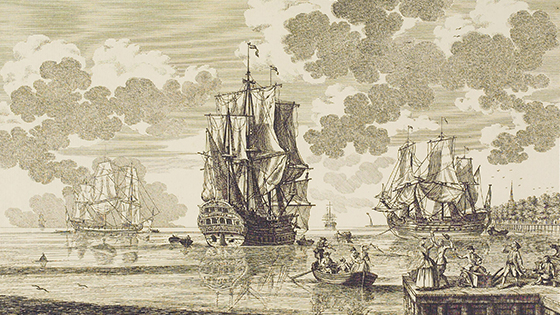
Breakfast with a pint
The first Friday of August is international beer day – the perfect opportunity to reflect on this much-loved beverage. The ‘amber nectar’ is the oldest and most consumed alcoholic beverage in the world. The histories of beer and shipping are closely intertwined.
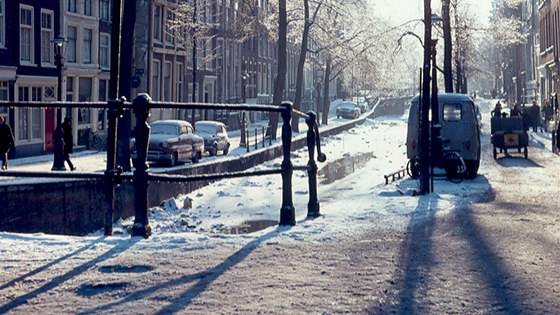
The Wallen district: Amsterdam's walhalla
Amsterdam grew rapidly from the fifteenth century onwards. Seafaring brought people from all over the world to the city on the River IJ. These visitors often only stayed for a short period. The sailors disembarked with their wages in the harbour beside Zeedijk. This famous and infamous district offered the ‘entertainment’ that the men were looking after months at sea.
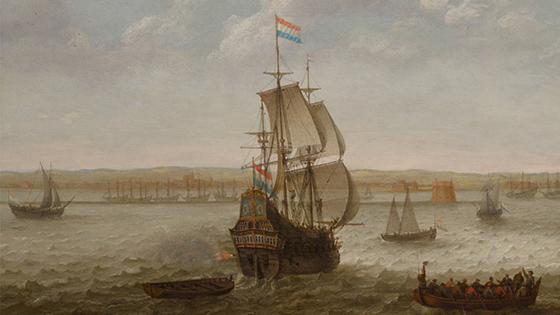
new collection: the Dutch in Brazil
Collecting, managing, and telling the stories. Het Scheepvaartmuseum always has its ears and eyes open, looking out for beautiful new works to add depth or breadth to its collection. Last September, an extremely important painting entitled Nederlandse schepen op de rede van Recife, Brazilië (Dutch ships on the roadstead of Recife, Brazil), was purchased with the help of the Vereeniging Nederlandsch Historisch Scheepvaart Museum (The Netherlands maritime history museum association, NVHSM). It is signed AW, the monogram of Abraham Willaerts or studio Willaerts, and is dated 1640. Why is this painting such an important addition to the collection?
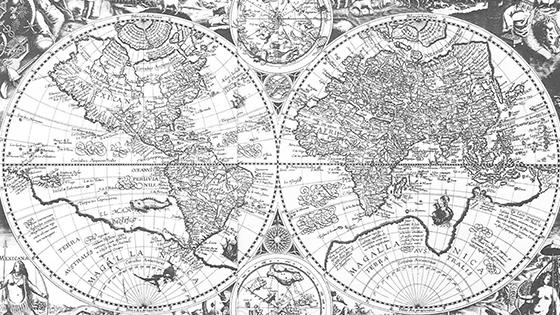
Cape Leeuwin ahoy!
The Vendée Globe is the world's toughest solo sailing race, and Cape Leeuwin is an iconic point on the radar of Pieter Heerema during that race. Accidentally discovered by the Dutch centuries ago, this was the ‘Southern land’ that had been sought for so long. Who discovered Australia? And was it really the fabled ‘Southern land’
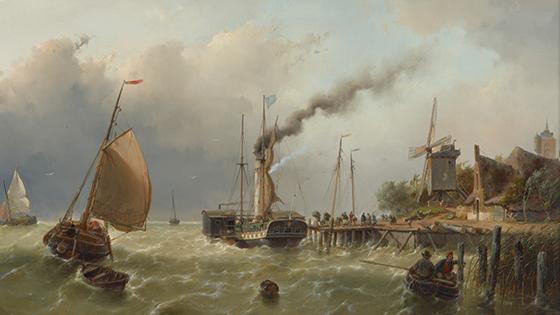
Drive | 100 years of collecting
The exhibition Drive | 100 years of collecting leads you through a succession of extraordinary galleries. In every gallery, we introduce you to a cornucopia of maritime objects and paintings, brought together thanks to the great collection drives of various individuals. What motivated them? The exhibition 'Drive' adopts four different perspectives as it tells the story of why people become collectors.